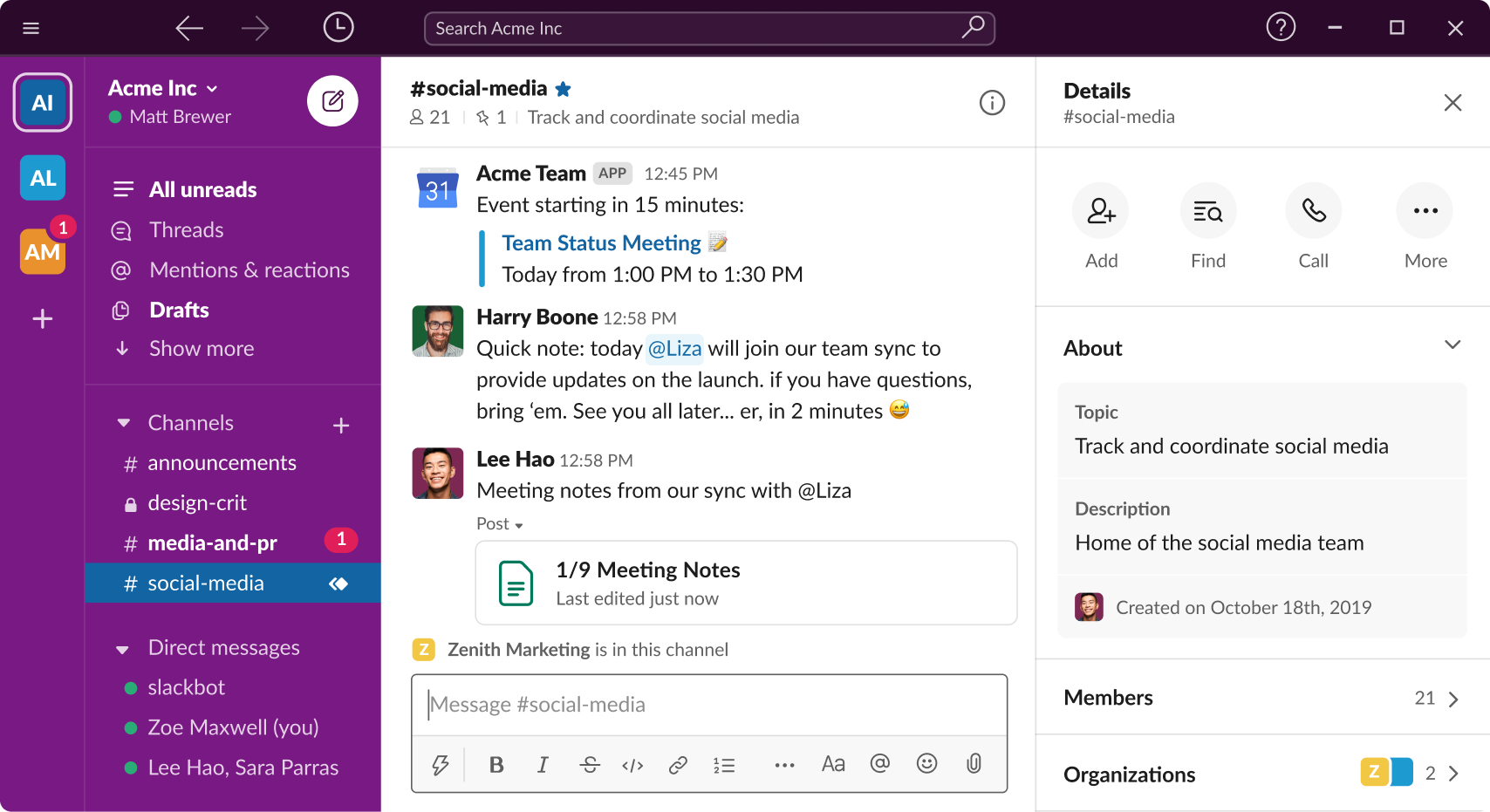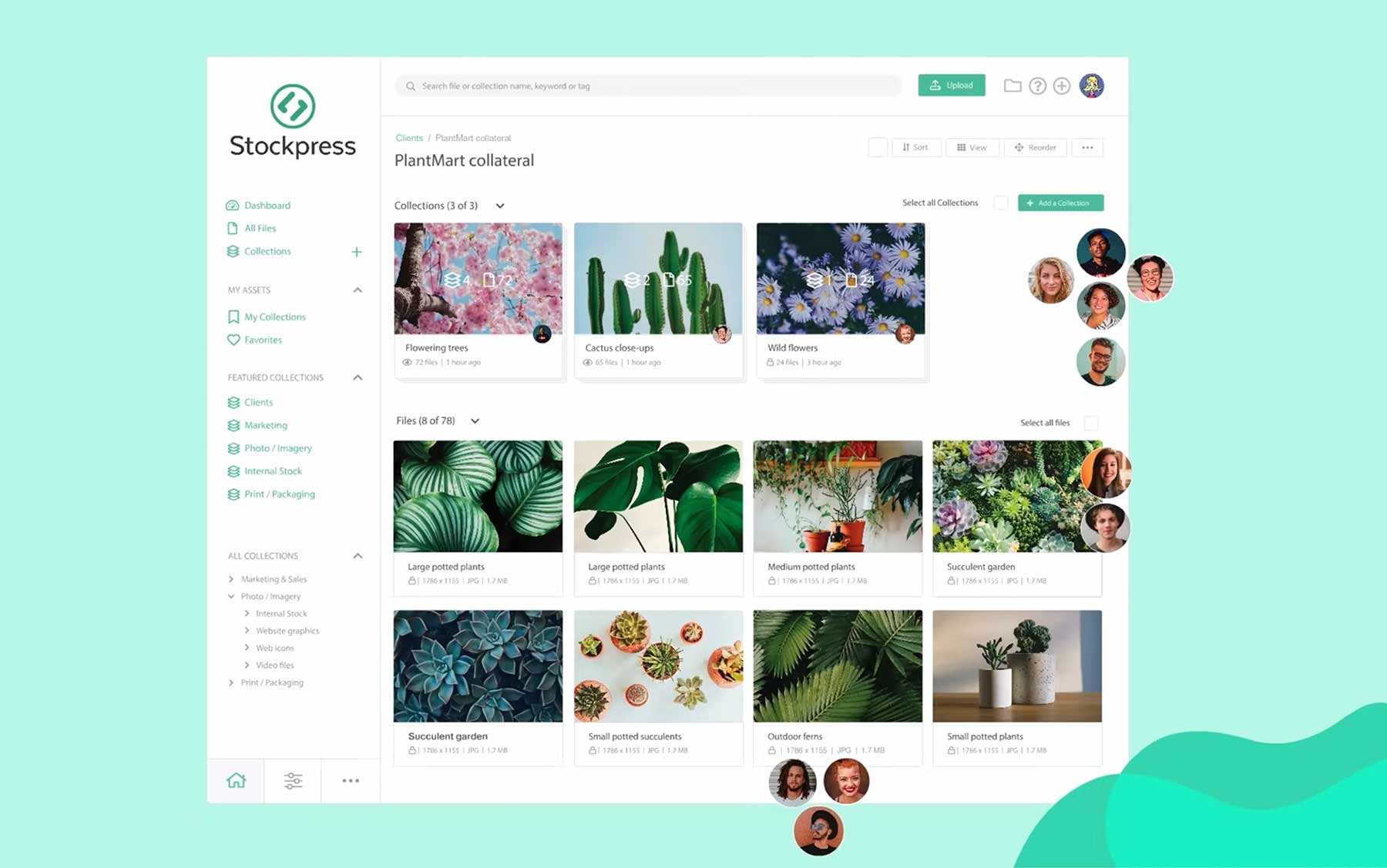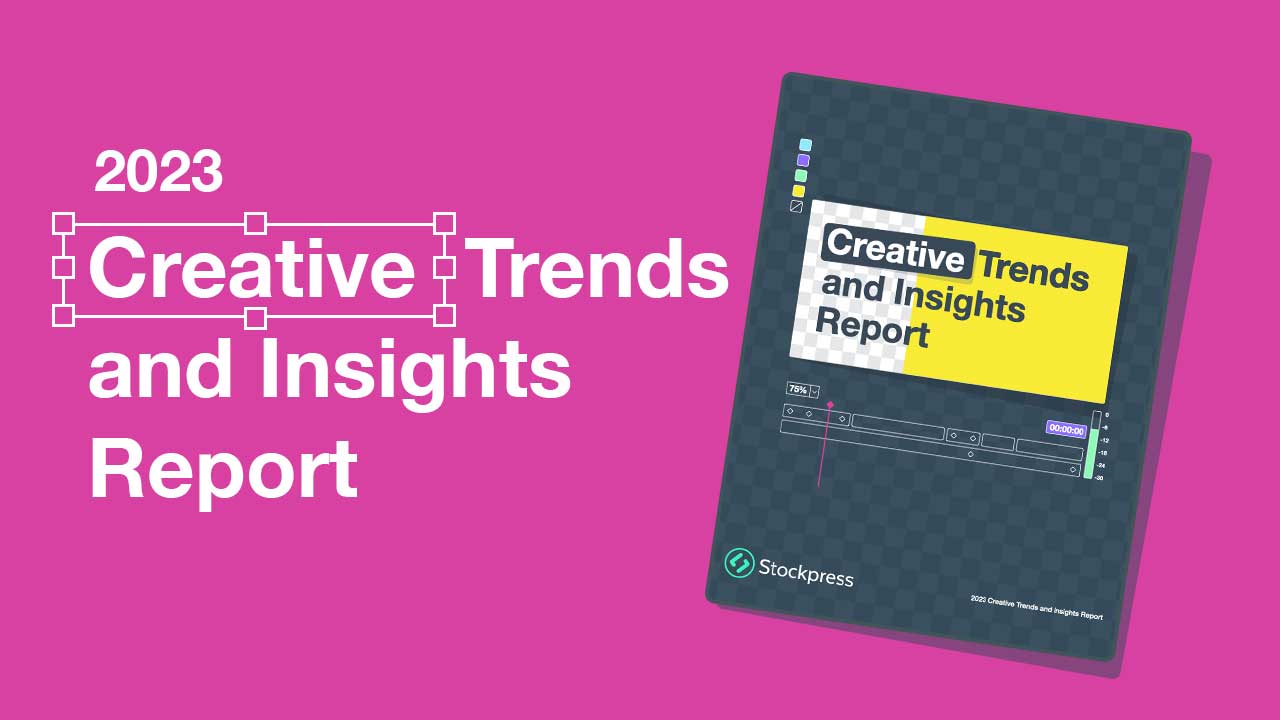Workplace collaboration and communication processes are pretty much unrecognizable from just ten years ago! The rapid adoption of cloud technology, combined with more agile ways of working, has seen productivity go through the roof, by helping employees and business leaders harness new ways of working.
A report published by Forbes, in February 2022, predicts that 25% of all professional jobs in North America will be remote by 2023, and those remote opportunities will continue to increase thereafter as work from home is used as a tool to attract top talent in a competitive job market.
As companies have embraced work from anywhere and hybrid working, they have had to adopt new ways of collaborating to ensure the productivity of their newly distributed workforce.
Amid lessened physical interaction among teams, businesses have turned to technology to ensure that teamwork continues to drive productivity. In the most optimized companies, remote collaboration has become the key factor in software selection – which in turn is expected to see the global team collaboration software market expand at a 9.5% compound annual growth rate between 2022 and 2030.
Collaboration platforms have helped companies adapt to the new work paradigm, and the number of tools available to businesses has grown dramatically. Here are five of the best collaboration and productivity tools that have helped teams all around the world increase their productivity.
Slack: Best Communication Platform

Slack has largely replaced email communications in the workplace because of the more efficient communication collaboration it offers. Meetings have been reduced by 28%, and email communications dropped by 32%, thanks to Slack. One of the best collaboration apps out there, Slack’s popularity stems from its commitment to bringing teams together efficiently; it is likely the best team communication software available, making groups less reliant on emails. Slack is more than just a messaging app – it is a collaboration platform that aids in the flow of work between all teams, tools, customers, and partners.
Slack addresses email’s silo-based communication and brings people together across locations, time zones, and working styles. On the platform, teams can interact in dedicated spaces called channels, which bring together the right individuals and data. A business or a team can create various channels for different needs. It can be separated by project, department, and more. When teams collaborate in channels, information can be shared with everyone simultaneously, allowing teams to stay aligned and make decisions more quickly. Slack can also be linked to over 2,400 other apps, making cross-tool collaboration easier.
Slack also allows teams to communicate with parties outside the organization, such as a client, a third-party vendor, or a freelancer, for collaboration needs. Everyone in an organization can access shared and searchable information through Slack. Users can search through past conversations to secure needed information. Email, on the other hand, can be slow and cumbersome, especially when trying to sift through long threads of messages.
Slack has over 10 million daily users, and more than 40% of Fortune 100 companies pay for it.
Figma: Best Designing Tool.

Figma was largely responsible for bringing collaborative design to the cloud and gave designers the unique ability to work on files together remotely in real-time.
The universal nature of Figma went a long way in eliminating the back-and-forth between design teams and made the design process accessible to everyone. Figma presents each user with a unique cursor, making it simple to see who is doing what. Clicking on another person’s avatar zooms in on whatever they’re looking at at the time. Real-time file collaboration reduces “design drifting,” or misreading or deviating from an approved design.
For example, a design lead can also use Figma to see what their team is working on in real-time by opening a shared file. If a designer misconstrues the brief, this function enables the design lead to interact, correct course, and save vast amounts of time. Because of this feature, Figma has been outperforming other design collaboration platforms, such as Photoshop, which lacks interactive functionality overall.
In addition, Figma was built with vector graphics in mind, compared with Photoshop, which is primarily a raster graphics editor. Vector graphics are more flexible and can be scaled up or down without losing quality, making them ideal for designing interfaces that need to look good on a variety of screen sizes. Figma also has many features that allow users to create high-quality designs. For example, it has a built-in grid system that makes it easy to create layouts. Figma is also better suited for web and mobile app design.
In September 2022, Adobe acquired Figma for $20 billion. With more than 4 million users, Figma’s clients include large tech companies such as Dropbox, Rakuten, Slack, Twitter, and Volvo. It has been preferred by designers among its rivals. For example, usage of Sketch, a Figma competitor, is down from 45% in 2020 to 29% in 2021, according to the 2021 Design Tools Survey, compared to Figma’s 77%. Figma is compatible with any OS that supports a web browser. Designers in many organizations use Macs, while developers use Windows PCs.
ClickUp: Best Project Management Platform
ClickUp is a great productivity tool and collaboration platform for teams of all sizes and industries. It replaces disparate apps like emails, note apps, and calendars. ClickUp combines all of these features into a single app and brings together a variety of management tools that allow all team members to see all tasks and how each of them is progressing. This way, teams do not need to track different applications for their project management. It provides a dashboard where teams can assign tasks, set task priorities and schedules, and create to-do lists for tasks or projects.
ClickUp can also integrate with various apps, such as emails letting users send emails through the app and even attach an email to a task. It can make project management much easier by allowing task automation. The application can let users customize automated tasks when a user conducts a certain action. ClickUp provides over 100 various types of automation on its platform. This project management app offers scalable architecture, an appealing user interface, and customizable features, making it one of the most sophisticated project-management tools available today.
Small to large teams can use ClickUp’s advanced project management and communication features to expedite all collaboration in one platform. ClickUp reached a $4 billion valuation in 2021 after raising $400 million in a Series C round led by new investors Andreessen Horowitz and Tiger Global, with participation from Lightspeed Venture Partners and Meritech Capital. In just over three years, it has won the hearts of many businesses and gained recognition and trust from people worldwide.
ClickUp founder and CEO Zeb Evans told Forbes that the platform has 4 million users across its free and paid versions. Individuals can use the software for free. In contrast, businesses pay a recurring fee based on the size of their team. There are 85,000 paying customers, including McDonald’s, Zynga, and San Diego Padres.
Google Docs: Best Word Processor App
Google Docs provides an online alternative to local document creation applications such as Microsoft Word and is one of the best collaboration platforms available. Being in the cloud means that Google Docs is more nimble and agile, and you don’t need to download a .docx file every time you want to collaborate on it. Versioning is much easier, as is commenting in groups.
Google Docs makes document creation more collaborative by bringing it online. It allows quick and easy access to many users through shareable links. Traditional word processors, like Microsoft Word, only let people access documents by sending them through email, or sharing copies through storage devices, like flash drives.
With Google Docs, users no longer need to carry flash drives or storage devices for their files—as long as they can connect to the internet, they can access their files virtually anywhere. Users can also choose the privacy of their documents; they can share the link publicly or only with specific team members, so long as it suits their needs.
Google Docs is also available as a web app for Android, and iOS, as well as on Windows and Mac OS, and a desktop program for Chrome OS. But users do not need to install the app on a device since they can access it through various popular browsers. Using Google Docs, tasks and projects can be saved permanently to the Google Drive Cloud Storage.
Google Docs’ basic features are also free for individual users, whereas Microsoft Word requires a paid subscription. Google Docs is used by nearly 25 million people worldwide. It now outnumbers Microsoft Word by a five-to-one margin, with the latter generating only 4.6 million users per month. Google Workspace, Google’s collaboration bundle service that includes Google Docs, has 2 billion users and 5 billion paid accounts in less than two decades.
Stockpress: Best Cloud File Management Solution

Stockpress is a cloud-based, collaborative file management platform used by agile teams to manage, find, use and share files and cloud projects – any time, from anywhere in the world.
Stockpress helps teams looking to graduate from traditional file management platforms like Dropbox, Box, and Google Drive. It offers a more organized and intuitive solution that is better suited to modern, remote working teams – while offering them an appropriate depth of functionality without having to move to expensive enterprise Digital Asset Management solutions.
Stockpress has transformed the way users, teams, files, and cloud projects are stored and organized, making them easier to find and easier to use. Thanks to their unlimited user model, teams can get all of their users, both internal and external, into their workspace with no additional costs. Here’s how Stockpress works:
- More organized collaboration. Stockpress allows unlimited users to be added to unlimited teams, with unlimited custom roles and permissions. By organizing the platform in this way, workspace administrators can control who sees what, and what they can do with their files and cloud projects.
- More agile collaboration. Rather than having to create folders of duplicate files, Stockpress allows users to invite teammates and external partners to collaborate on Collections, files, and cloud projects at the click of a button. With an increasingly agile and fluid workforce, this feature makes it much easier to onboard people into projects as and when they need them.
- Cost-effective scalability. With Stockpress, businesses can add as many internal and external users as they like, without having to purchase more user licenses. This means that everyone in an organization and their partners can access enterprise-level DAM functionality in an agile and easy-to-use platform.
- Cloud-based access. With Stockpress, users only need an internet connection and a computing device to find, share and collaborate on files of any type, from anywhere in the world.
Stockpress prides itself on its intuitive design, which it describes as giving the platform the ease of use of file management, with the intelligence of digital asset management (DAM). This sentiment is reflected in the short amount of time it takes to implement in comparison to the incumbent legacy platforms.
Teams can start using Stockpress immediately with unlimited users and 5 GB of storage, and import files from Dropbox, Box, and Google Drive, simply by connecting their accounts to their Stockpress workspace. Users can also use this process to reduce their storage requirements, by removing duplicates, given that in Stockpress, a single file can exist in a number of Collections without ever being duplicated.
Stockpress also differs from traditional file management platforms, thanks to its powerful visual search and dynamic filters. When a user sets up their workspace, they can create custom categories that they can use to associate any number of tags and other important pieces of information with a file or cloud project. This helps them and their team find and collaborate on files and cloud projects more easily, later. Stockpress comes with optional AI tagging and configurable metadata to enable the creation of an endless number of organization-specific custom categories and tags for increased search and filtering capabilities.
Stockpress was built with security in mind and offers Single Sign-On (SSO) and 2-Factor Authentication (2FA) support for individual user accounts.
Are you giving your team the collaboration tools they need?
The rapid pace of evolution across collaboration platforms is reflective of the agility, organization, and accessibility that remote working demands. If you love your workforce, and you want to show them, there has never been a better time to look at the collaboration tools you use to get yourself productive!

